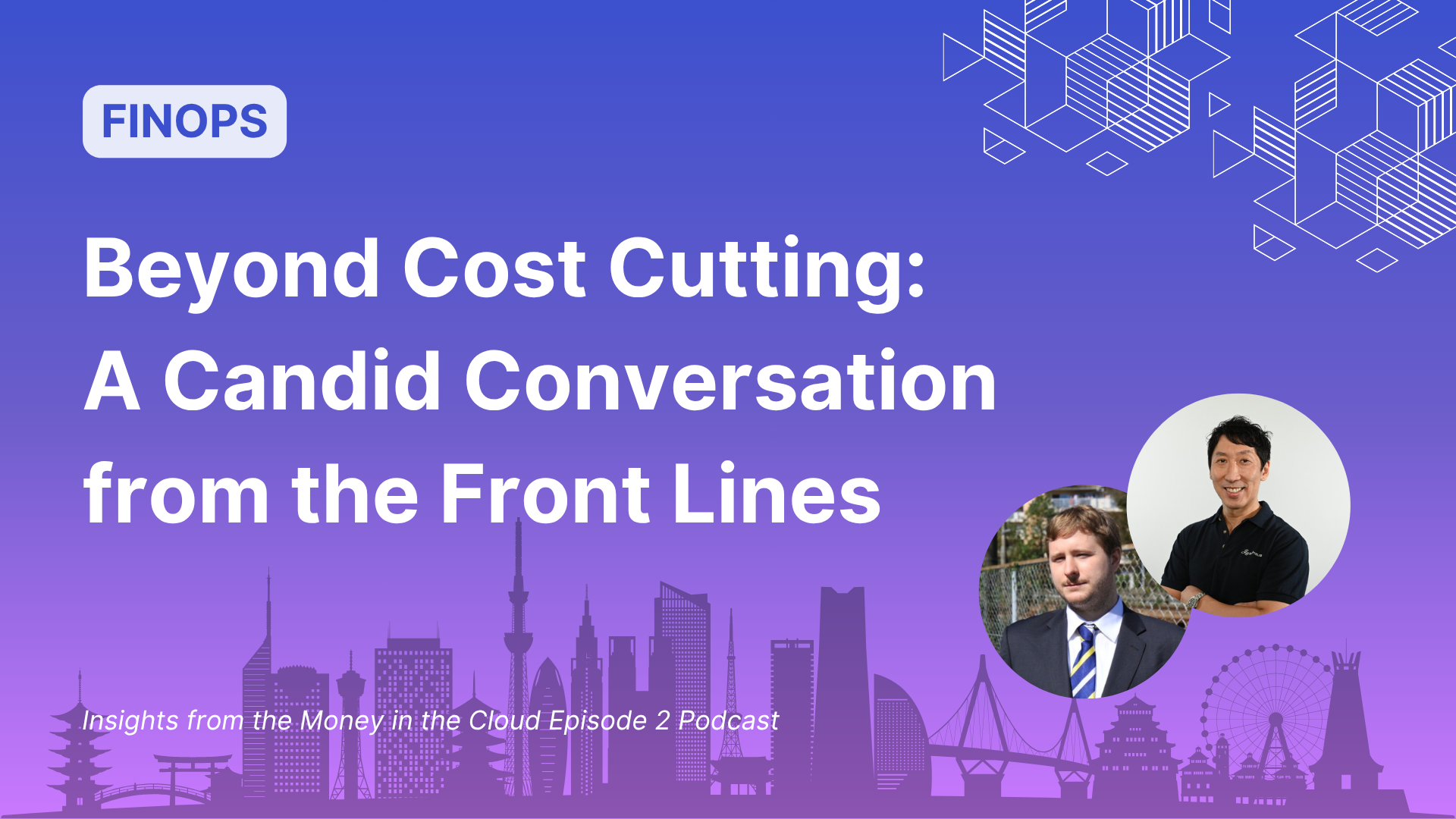Every summer, Gartner releases an annual report on the hype cycle of emerging technologies, and the latest report was released on August 10 [1]. The Hype Cycles are based on the hypothesis that new technologies tend to follow a typical trajectory where it first receives an overwhelming expectation, which is often times frenzied and disillusioned. Over time, some of those technologies mature and are vetted as they find their relevance before becoming widely adopted by the public [2].
The 2022 Gartner Hype Cycle for Emerging Technologies report highlights the trending technologies like Metaverse and NFT while “Augmented FinOps” appears in the report for the first time.
This article aims to shed light on the concept of “Augmented FinOps”. In particular, the report places Augmented FinOps in the “Innovation Trigger” phase of the hype cycle, which indicates that it is still in the idea/concept phase and will take 5 to 10 years to reach the phase of widespread adoption, “Plateau of Productivity”. It may mislead us to an incorrect understanding that FinOps will take more time to be accepted and implemented without distinguishing Augmented FinOps from FinOps.

The FinOps Foundation, a non-profit organization under the Linux Foundation that leads the FinOps movement, defines the term “FinOps” as follows.
FinOps is an evolving cloud financial management discipline and cultural practice that enables organizations to get maximum business value by helping engineering, finance, technology and business teams to collaborate on data-driven spending decisions [3].
On the other hand, Gartner’s report defines the term “Augmented FinOps” as below.
Augmented FinOps automates traditional DevOps concepts of agility, continuous integration and deployment, and end-user feedback to financial governance, budgeting and cost optimization efforts through the application of AI and machine learning (ML) practices [1].
Gathering from those two definitions above, it seems clear that Augmented FinOps in the hype cycle report places more emphasis on being a process automated by AI and ML compared to FinOps which is defined as “a discipline and cultural practice”.
Let’s take a look at the background of the emergence of Augmented FinOps in this year’s report.
The report classifies the 25 emerging technologies into the following three themes.
- Evolving/expanding immersive experiences
- Accelerated AI automation
- Optimized technologist delivery
Metaverse and NFT are included in the first of these themes while Augmented FinOps belongs to the third, “optimized technologist delivery”. The report explains that the technologies in this theme “focus on key constituents in building a digital business” and “provide feedback and insight that optimize and accelerate product, service and solution delivery and increase sustainability of business operations” [1]. To understand the concept further, we need to investigate what “technologist delivery” is.
We can find that Gartner has recently been mentioning an increasing importance of “Business Technologists” [4][5]. A business technologist is defined as “an employee who reports outside of IT departments (centralized or business unit IT) and creates technology or analytics capabilities for internal or external business use” and its examples include Python developers hired in Marketing, data scientists hired in finance and accounting teams or software engineers hired in R&D [6].
Now we should better interpret “optimized technologist delivery” in the report as the technologies that enable an optimized delivery of the capabilities brought about by business technologists.
Given this context, the business technologists envisioned in the area of Augmented FinOps is a centralized team, or a FinOps team, that is responsible for driving the FinOps initiatives in each organization.
Dating back to July 2018, Gartner placed Cloud Service Expense Management (CSEM) at the “Peak of Inflated Expectations” in its Hype Cycle for Cloud Computing 2018 report. CSEM in the report was defined as “the practice of reviewing and reconciling the costs of services provided by cloud service providers” [7]. It must have referred to a concept that is now widely known as FinOps, which is also defined as a “practice” rather than a tool or platform for cost management and optimization.
The appearance of “Augmented FinOps” in the latest hype cycle report indicates that FinOps (or CSEM) has overcome the “Trough of Disillusionment” and is being operated within organizations, and that the FinOps delivery is expected to be automated in the span of 5 to 10 years.
References
- [1] Lori Perri, What’s New in the 2022 Gartner Hype Cycle for Emerging Technologies, Gartner, August 2022.
- [2] Understanding Gartner’s Hype Cycles, Gartner, August 2018.
- [3] What is FinOps, FinOps Foundation.
- [4] Gartner, Think Cast: The Rise of the Business Technologist (hosted by Kasey Panetta), YouTube, October 2021.
- [5] Ashutosha Gupta, The Rise of Business Technologists, Gartner, March 2022.
- [6] Definition of Business Technologist, Gartner Information Technology Glossary.
- [7] Hype Cycle for Cloud Computing, 2018, Gartner, July 2018.






.png)
